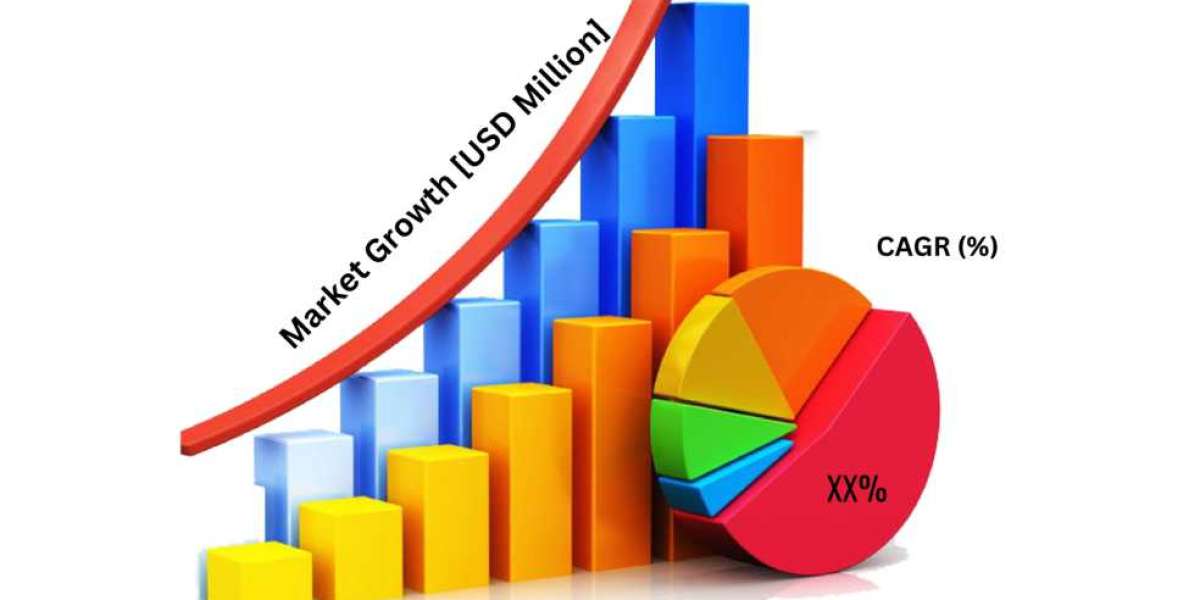Trastuzumab, a monoclonal antibody targeting HER2-positive breast cancer, has revolutionized the treatment landscape since its approval. As patents for the originator product have begun to expire, biosimilar versions of Trastuzumab have emerged, aiming to provide cost-effective alternatives while maintaining comparable efficacy and safety profiles. This article explores the current state and future prospects of Trastuzumab biosimilars in 2024.
Understanding Trastuzumab and Its Role
Trastuzumab, marketed under brand names like Herceptin (by Roche), is indicated for HER2-positive breast cancer, a subtype known for its aggressive nature. By targeting HER2 receptors, Trastuzumab inhibits cell proliferation and promotes apoptosis, significantly improving outcomes in both early and metastatic HER2-positive breast cancer settings.
Emergence of Trastuzumab Biosimilars
Biosimilars are biologic products highly similar to an approved reference product, with no clinically meaningful differences in terms of safety, efficacy, and immunogenicity. The development of biosimilars for Trastuzumab gained momentum as patents expired, opening opportunities for other pharmaceutical companies to introduce more affordable versions.
Market Landscape
The global market for Trastuzumab biosimilars has seen rapid growth, driven by increasing healthcare costs, patent expirations, and efforts to improve patient access to advanced therapies. Companies like Mylan (now Viatris), Amgen, Pfizer, and Biocon have launched biosimilar versions, challenging the dominance of the originator product.
Regulatory Environment
Regulatory approval of biosimilars involves rigorous comparability studies to establish similarity with the reference product in terms of structure, function, pharmacokinetics, and pharmacodynamics. Regulatory bodies such as the FDA (Food and Drug Administration) in the United States and the EMA (European Medicines Agency) in Europe have established guidelines to ensure the safety and efficacy of biosimilars.
Competitive Landscape
The market for Trastuzumab biosimilars is competitive, with several players vying for market share through pricing strategies and distribution networks. Companies are leveraging their manufacturing capabilities and global reach to offer competitive pricing, thereby expanding access to Trastuzumab biosimilars across different regions.
Clinical Considerations
Clinical trials and real-world evidence continue to support the similarity of Trastuzumab biosimilars to the originator product. Studies have demonstrated comparable efficacy in terms of overall response rates, progression-free survival, and safety profiles, reassuring healthcare providers and patients of their interchangeability.
Market Dynamics and Challenges
Despite the growth prospects, challenges persist in the adoption of Trastuzumab biosimilars. Physician and patient acceptance, regulatory hurdles, reimbursement policies, and concerns about immunogenicity remain critical factors influencing market penetration. Education and awareness campaigns are essential to foster confidence in biosimilar therapies among stakeholders.
Future Outlook
Looking ahead to 2024 and beyond, the market for Trastuzumab biosimilars is expected to continue expanding, driven by increasing oncology drug expenditures, patent expirations of biologics, and regulatory support for biosimilar approvals. Market consolidation, entry into new geographical markets, and advancements in manufacturing technologies will shape the competitive landscape.
Conclusion
Trastuzumab biosimilars represent a significant advancement in oncology treatment, offering cost-effective alternatives without compromising therapeutic efficacy or safety. With ongoing developments in regulatory frameworks and clinical research, the future looks promising for Trastuzumab biosimilars to further enhance patient access and healthcare sustainability globally.
In summary, the evolution of Trastuzumab biosimilars in 2024 reflects a transformative shift in oncology care, emphasizing affordability and accessibility without compromising on quality. As stakeholders navigate the evolving landscape, collaboration between industry, healthcare providers, and regulators will be crucial in realizing the full potential of biosimilar therapies.
Latest Reports
Anaphylaxis Market | Automated External Defibrillators Market | Hpv-induced Cancers Market | Non Alcoholic Fatty Liver Disease Nafld Market | Acute Agitation And Aggression Market | Biochips Market | Alpha Antitrypsin Market | Pediatric Obesity Market | Carcinoid Tumor Market | Chronic Rhinosinustis Market |Alpha-mannosidosis Market | Chronic Rhinosinusitis Market | Arteriovenous Fistula Market | Defibrillators Market |Pressure Ulcers Market Size | Ophthalmic Imaging Equipment Market |Blood Glucose Monitoring Systems Market | Vascular Access Devices Market | Alopecia Market | Dysthymia Market | Necrotizing Enterocolitis Market | Osteoarthritis Market | Reactive Arthritis Market | Capnography Device Market | Gaucher Disease Market | Hearing Aid Devices Market | Central Serous Chorioretinopathy Market | Hemophilia B Market |Vitamin A Deficiency Market | Acute Coronary Syndrome Market | Acoustic Neuroma Market | Pain Management Devices Market | Acute Pulmonary Embolism Market |Human Papilomavirus Market |Cellulitis Market






